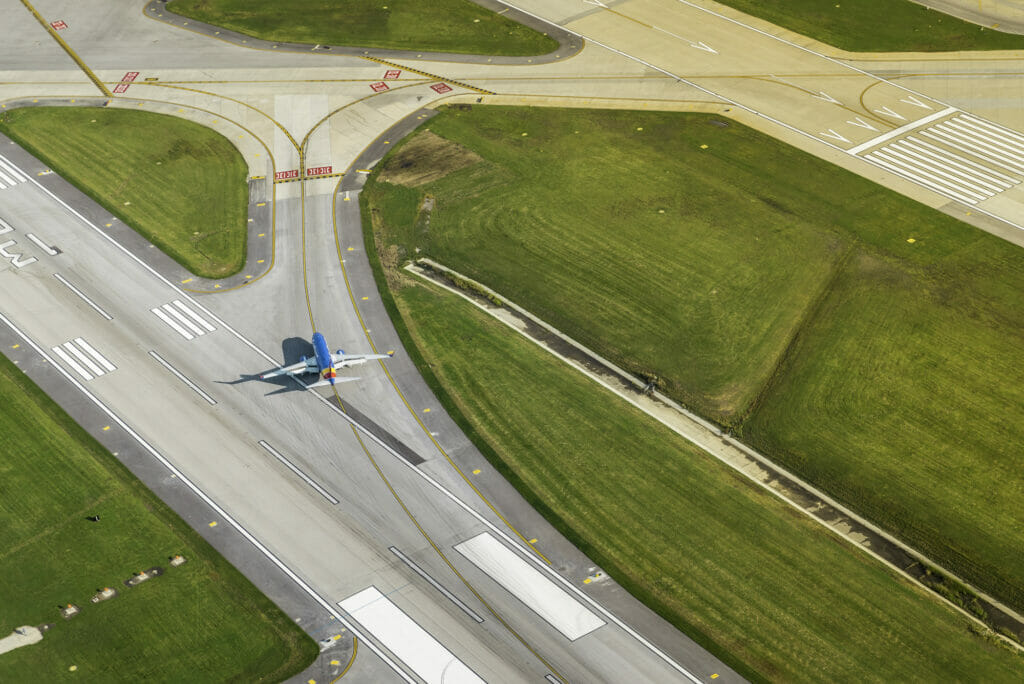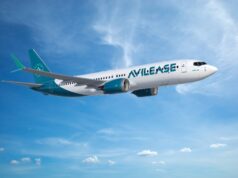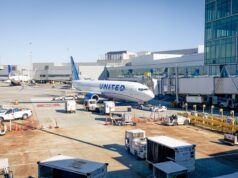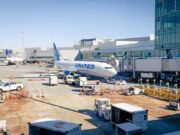Hot spots are so designated because they are areas on airport surfaces that have historically resulted in unintended aircraft movements that are contrary to air traffic control clearances. Potentially, such deviations in aircraft movement may result in diminished aircraft separation leading to runway incursions.
Over the years, the FAA has attempted to mitigate the number of runway incursions with pilot education and training. Statistically, most incursions involve general aviation pilots. All too often, pilots execute taxi instructions they did not clearly understand. It is imperative to always query unclear instructions and stop the aircraft. Hence, the importance of taxi briefings is a critical component in managing risk. Briefings must occur prior to aircraft movement. A detailed brief not only should include the actual taxi instructions, but any runway crossings or hot spots that may be encountered.

It is an FAA requirement that pilots read back all hold-short instructions to ATC, thereby allowing any omissions to be discovered. In crewed environments, verifying the crossing clearance with the other crew member is yet another valuable layer of protection.
Understanding airport signage and markings is essential to execute the taxi plan effectively. Most especially at night, runway guard lights and enhanced centerline lights are particularly helpful in recognizing an approaching hold-short line. Likewise, pilots shall utilize all resources available to enhance situational awareness, such as interactive glass cockpit taxi displays, moving maps, or electronic airport diagrams.
Finally, practice good airmanship and treat all surface operations as sterile, minimizing any distractions or unnecessary conversations. Distractions on the ground are the primary cause of pilot deviations and unintended runway incursions, among other threats. In an effort to reduce distractions during more the complex phases of surface operations, think ahead and manage workload proactively. Remember, progressive taxi instructions are always an option at unfamiliar controlled airports. Pilot deviations can and frequently do occur on the ground. From maintaining a sterile cockpit, to briefing hot spots and utilizing all available resources, pilots can prevent their occurrence.
For professionals, continuing education is paramount. Through their FAA Safety Team program, the FAA has created outstanding articles, educational resources, and presentations that highlight the latest events, probable causes, and safety recommendations. Be sure to review these periodically and think of surface safety as a fourth phase of “flight,” and live to fly another day!























































































































